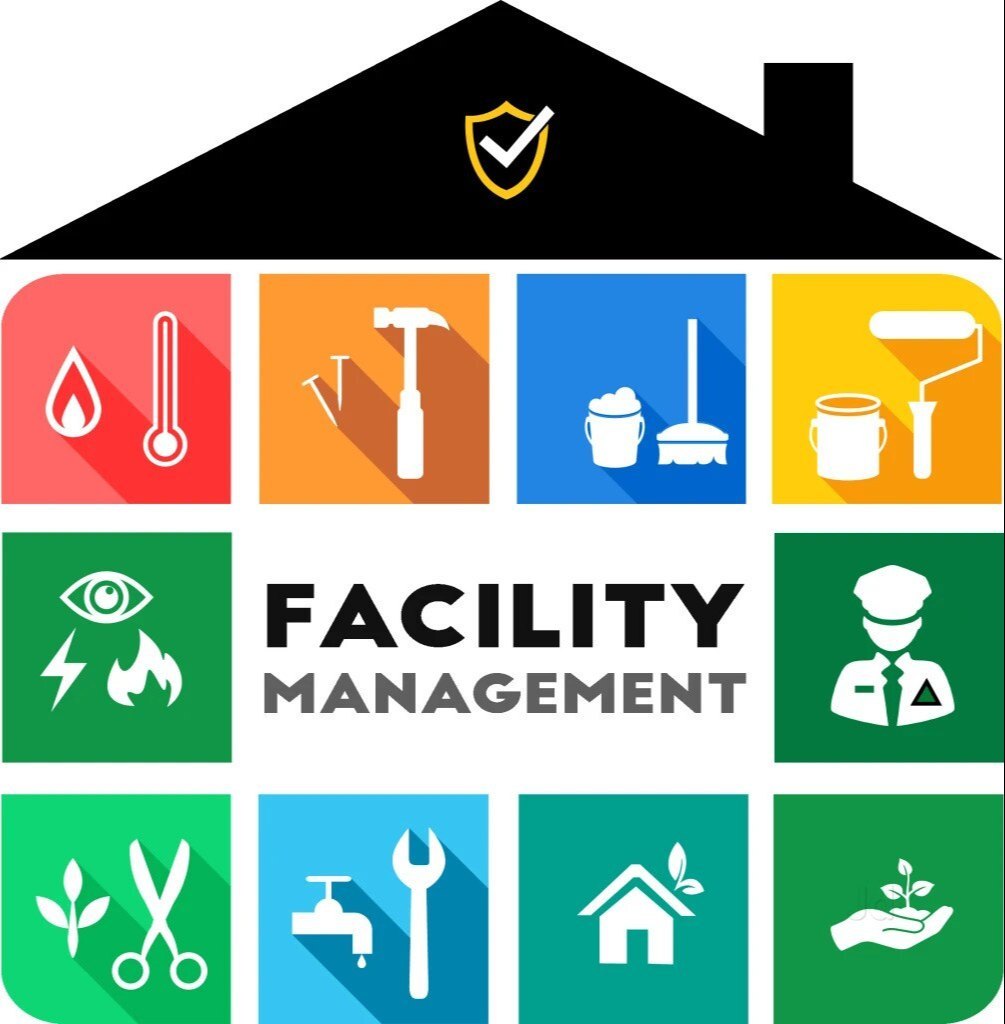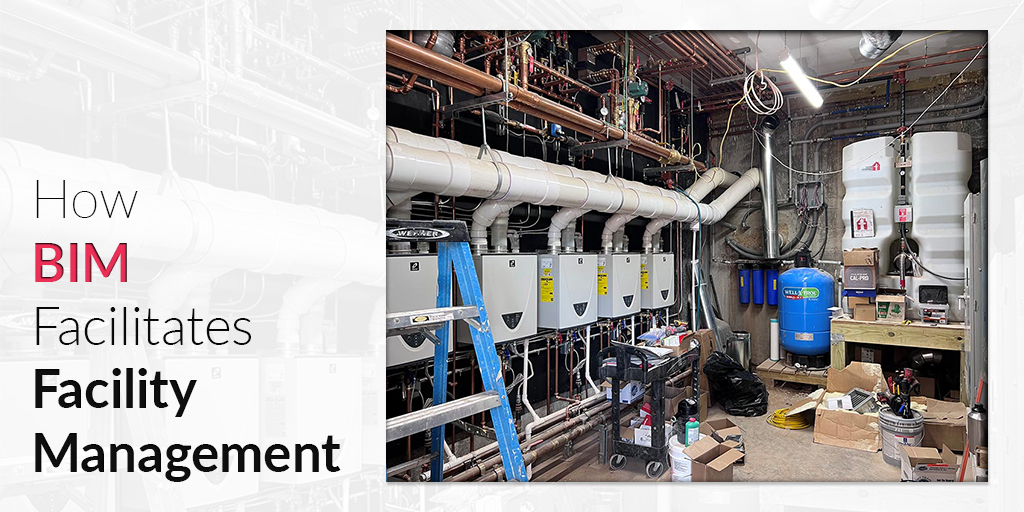The Vital Guide to Facility Management: Strategies for Success
Facility monitoring plays an essential duty in the total success of a company, serving as the backbone that sustains performance, safety and security, and efficiency. By employing strategic strategies such as incorporated technological remedies and promoting cross-departmental collaboration, companies can substantially enhance their operational structures. Nevertheless, the subtleties of efficient facility management extend past simple logistics and need a detailed understanding of both qualitative and quantitative metrics. As we explore these essential approaches, a closer exam exposes just how they can change not simply facilities, but the very society within a company itself. What might these improvements look like in method?
Recognizing Facility Monitoring
What comprises reliable facility management? Reliable facility management incorporates the sychronisation of different organizational features to make sure that constructed environments are safe, efficient, and for productivity. It integrates the concepts of engineering, company, and architecture management to create a smooth functional flow within an organization.
Crucial element of facility management include area preparation, upkeep administration, and conformity with health and wellness regulations. Area preparation concentrates on optimizing using physical resources to sustain business objectives, while upkeep management ensures that facilities are maintained in optimal condition, making the most of life expectancy and lowering functional expenses. Conformity with regulatory and lawful standards is vital, as it safeguards the organization versus possible responsibilities and boosts its credibility.
Moreover, reliable facility monitoring counts on the calculated use modern technology, such as Structure Monitoring Equipment (BMS) and Computer-Aided Center Administration (CAFM) devices. These modern technologies facilitate real-time monitoring of building systems and enhance upkeep procedures (Facility Management). Eventually, a comprehensive method to facility monitoring not just promotes operational effectiveness however additionally cultivates a favorable environment for visitors and employees alike, driving general business success

Key Techniques for Optimization
Optimizing center monitoring requires a critical technique that straightens functional experiment organizational purposes. To achieve this, the very first essential approach is the application of incorporated technological remedies. Using innovative software systems permits real-time tracking of center operations, helping with data-driven decision-making and enhancing total efficiency.
Secondly, regular evaluations of center efficiency are essential. Conducting routine examinations and audits enables center managers to recognize areas that need improvement, guaranteeing that resources are alloted efficiently. This positive strategy helps in lessening downtime and boosting service delivery.
Another vital method is fostering collaboration throughout departments. By urging open communication in between groups, facility managers can better straighten their approaches with organization objectives, leading to enhanced functional synergy. In addition, involving personnel in training programs promotes a culture of accountability and boosts their capacity to contribute to optimization efforts.
Enhancing Security Methods
Strengthening security procedures is necessary for developing a safe atmosphere within facilities. A thorough security method not only safeguards workers and site visitors however likewise improves functional efficiency. Facility Management. To attain this, facility managers have to carry out routine threat analyses to make sure and identify possible hazards that ideal measures are in place

In addition, clear communication networks have to be developed to report security concerns quickly. This includes creating an easily accessible system for employees to articulate prospective hazards or cases without worry of reprisal. Moreover, leveraging innovation can boost security procedures; for instance, applying monitoring systems and accessibility controls aids monitor facility activities and restrict unapproved entrance.
Last but not least, compliance with local regulations and sector criteria is non-negotiable. Normal audits and evaluations of safety and security protocols guarantee placement with existing regulations and ideal techniques. By focusing on these methods, facility supervisors can cultivate a society of safety and security that secures all stakeholders and inevitably adds to the organization's success.
Improving Workplace Environment
A favorable workplace setting considerably enhances worker spirits and efficiency, making it an important focus for facility monitoring. To develop such a setting, center managers need to focus on a number of crucial elements, including comfort designs, visual appeals, and worker engagement.
Ergonomic considerations are important to reduce physical strain and discomfort. This entails providing flexible furnishings, proper illumination, and ample space for motion. These changes can lead to lowered absenteeism and enhanced task satisfaction.
Aesthetic appeals play a crucial role fit the work environment ambience. Using shade psychology, natural lights, and plant can foster a promoting and inviting environment. Attentively made spaces can boost imagination and enhance general wellness.
Moreover, encouraging employee engagement through inclusive decision-making processes can enhance the sense of ownership and belonging. Gathering feedback on workplace renovations and involving workers in the layout procedure can bring about an extra customized atmosphere that fulfills their needs.
Finally, advertising health initiatives, such as wellness programs and relaxation areas, can even more add to a supportive workplace society. By concentrating on these methods, facility managers can effectively boost the office atmosphere, driving both employee complete satisfaction and business success.
Gauging Success in Facilities
Determining success in facility monitoring needs an extensive approach that reviews both qualitative and quantitative metrics. Quantitative metrics commonly consist of essential efficiency signs (KPIs) such as space utilization prices, energy usage, upkeep expenses, and tenancy levels. These metrics supply a clear photo of operational performance and financial performance, enabling facility managers to determine areas for enhancement and benchmark versus market criteria.
Qualitative metrics, on the other hand, focus on individual satisfaction and staff member involvement. Studies and comments systems can gauge exactly how well the centers meet the requirements of owners, aiding to assess the general workplace atmosphere. This facet is critical, as a satisfied workforce is commonly connected to enhanced efficiency and retention prices.
To successfully gauge success, center supervisors need to also consider integrating technology, such as building management systems and information analytics tools, to gather and examine appropriate information. Frequently evaluating both sets of metrics enables an extra well balanced view of efficiency and informs tactical choices. Inevitably, a successful center management approach hinges on a dedication to continuous renovation, guaranteeing that both functional efficiencies and user complete click for more satisfaction are prioritized.

Verdict
In verdict, efficient facility monitoring is vital for improving organizational efficiency. By executing integrated technical services, performing routine assessments, and fostering cooperation throughout departments, organizations can achieve ideal source allotment and functional efficiency. Prioritizing safety procedures and enhancing office atmospheres further add to boosted worker fulfillment. Ultimately, determining success via both qualitative and measurable metrics allows for constant improvement, ultimately bring about lowered functional expenses and a more effective business environment.
Facility administration plays an important duty in the total success of a company, serving as the foundation that sustains safety, productivity, and efficiency.Secret aspects of facility monitoring consist of area planning, upkeep monitoring, and conformity with health Read Full Report and safety laws.In addition, effective facility monitoring counts on the calculated use of technology, such as Structure Management Equipment (BMS) and Computer-Aided Center Management (CAFM) devices. Eventually, an extensive approach to center administration not only promotes functional effectiveness but additionally cultivates a positive atmosphere for employees and site visitors alike, driving general organizational success.
Eventually, an effective center monitoring strategy pivots on a dedication Visit Website to continuous renovation, guaranteeing that both operational effectiveness and individual complete satisfaction are focused on.